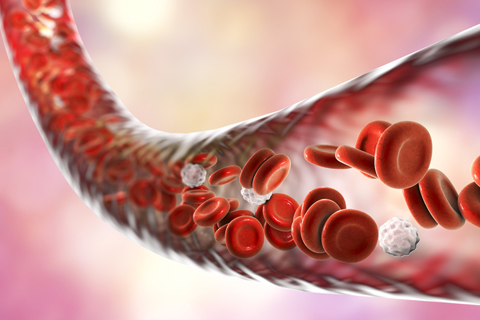Benefits of Saving Cord Blood
There are many reasons why you should bank your baby's cord blood stem cells. They include:
A guaranteed match for autologous transplants (where the donor and recipient are the same individual). may need a hematopoietic stem cell (HSCs) transplant by the age of 70.
Autologous stem cell transplants refer to transplants where the donor and recipient of the stem cells are the same individual. The cord blood that you are storing for your baby today is a potential medical resource for the future, and does not require stringent matching as opposed to conventional bone marrow stem cell transplants. About 70% of patients who need a transplant are unable to find a suitable match within the family1.
A Readily Available Supply of Stored Haematopoietic Stem Cells.
In the event of an already time-critical situation where stem cells are required for a transplant, having your child’s cord blood stored compares well to having to do a national or international search which is both costly and time-consuming. The cost of procuring a cord blood sample in Singapore can cost up to $75,0002, and that is, if a match is found.
Lower risk of Graft vs. Host Disease (GvHD) for autologous transplants.
Graft vs. Host Disease refers to a common complication where the transplanted tissue attacks the patient's own tissue. This disease will usually occur in transplants when the donor and recipient are different.
Ease of collection, which is pain-free and risk-free to both mother and child.
Cord blood collection is a relatively easy task, which is handled by your own delivering doctor (OBGYN). This process does not affect the birthing process in any way and can be done on both natural and c-section births.
Umbilical cord blood stem cells are younger and more primitive.
In comparison to other types of stem cells obtained from other sources, e.g. bone marrow and peripheral blood, umbilical cord stem cells are able to grow healthy blood stem cells at a faster rate3 4 and are also more tolerant to HLA* mismatches5.
*Human leukocyte antigens (HLAs) are proteins that help the body's immune system tell the difference between its own cells and foreign, harmful substances. Source: https://ghr.nlm.nih.gov/primer/genefamily/hla1 in 217 chances of using stem cells for treatment in a lifetime.
Statistics have shown that 1 in every 217 persons may need stem cells for treatment in their lifetime6. Your baby’s cord blood contains a rich source of such stem cells. Since 1988, doctors have used cord blood stem cells to treat more than 60,0007 patients suffering from diseases such as certain cancers like leukaemia, blood disorders as well as those in clinical trials
2 Joan Chew (July 18, 2013). Criterion for new stem-cell transplant. The Straits Times.
3 Bordeaux-Rego P, Luzo AC, Costa FF, Saad ST, Crosara Alberto DP. Both interleukin-3 and interleukin-6 are necessary for better ex vivo expansion of CD133+ cells from umbilical cord blood. Stem Cells Dev. 2010;19(3):413–422.
4 Kadereit S, Deeds LS, Haynesworth SE, et al. Expansion of LTC-ICs and maintenance of p21 and BCL-2 expression in cord blood CD34+/CD38− early progenitors cultured over human MSCs as a feeder layer. Stem Cells. 2002;20(6):573–582.
5 Beksac M (2016) Is There Any Reason to Prefer Cord Blood Instead of Adult Donors for Hematopoietic Stem Cell Transplants? Front. Med. 2:95. doi: 10.3389/fmed.2015.00095
6 Nietfeld JJ, Pasquini MC, Logan BR, Verter F, Horowitz MM. Lifetime probabilities of hematopoietic stem cell transplantation in the U.S Biology of Blood and Marrow Transplantation. 2008;14:316-322
7Cord Blood Association. Cord Blood Editiorial Background and Fact Sheet. https://cord.memberclicks.net/assets/docs/Fact_Sheet.pdf. Published December 2012. Accessed December 12, 2023.


Subscribe to our newsletter